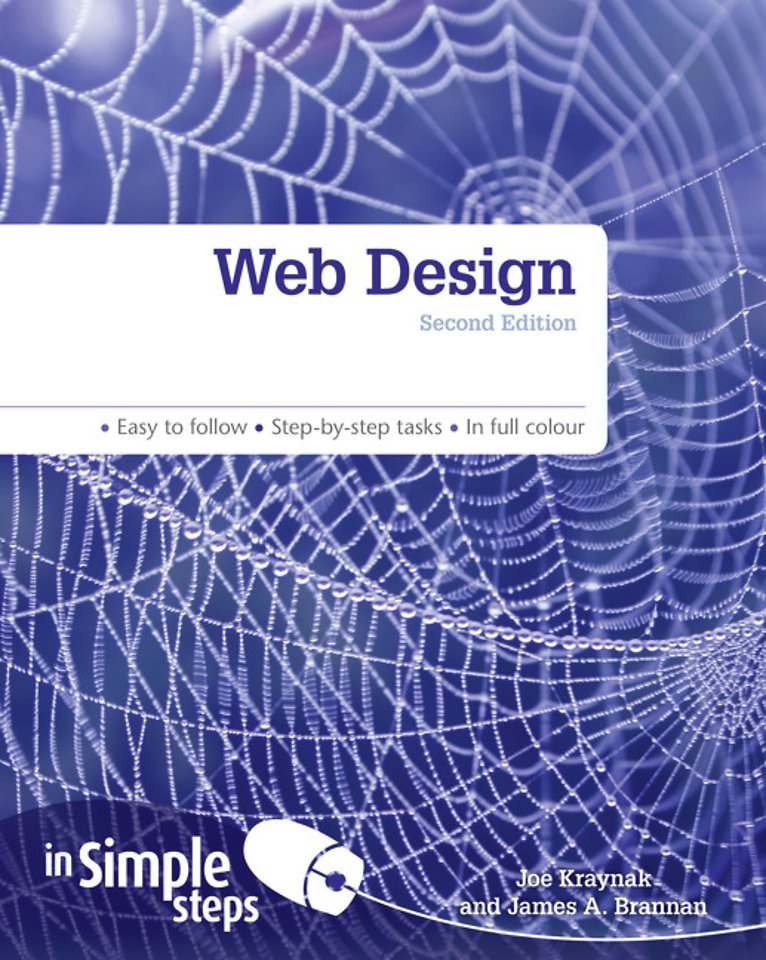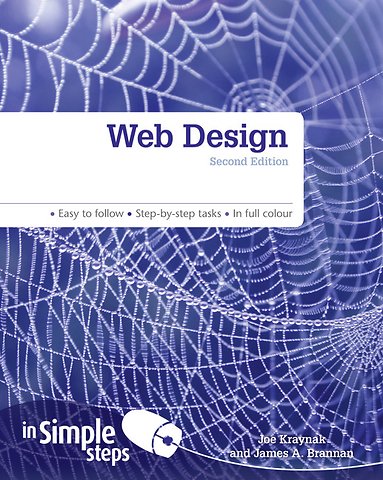Web Design In Simple Steps
Paperback Engels 2012 9780273774723Samenvatting
Discover everything you want to know about web design in this easy to use guide, from the most essential tasks that you’ll want to perform, to solving the most common problems you’ll encounter.
Web Design In Simple Steps 2nd editioncovers every practical aspect you will need to master in web design that will help you to achieve immediate results. Covers all aspects from initial concept to final testing
Covers planning and designing your site to maximise the user experience and navigation
All areas of writing, editing, enhancing, testing & maintaining your website fully covered
This series of vibrant books will teach you exactly what you need to know using A friendly, visual approach
Easy-to-understand language
Practical hands-on tasks
Full-colour large format screenshots
To build your confidence and help you to get the most out of your computer, practical hints, tips and shortcuts feature on every page:
§ Alert!– Explains and provides practical solutions to the most commonly encountered problems
§ Hot Tips– Time and effort saving shortcuts
§ See Also… - Points you to other related tasks and information
§ Did you Know? – Additional features to explore What does this Mean? – Jargon and technical terms explained in plain English
Specificaties
Lezersrecensies
Inhoudsopgave
Rubrieken
- advisering
- algemeen management
- coaching en trainen
- communicatie en media
- economie
- financieel management
- inkoop en logistiek
- internet en social media
- it-management / ict
- juridisch
- leiderschap
- marketing
- mens en maatschappij
- non-profit
- ondernemen
- organisatiekunde
- personal finance
- personeelsmanagement
- persoonlijke effectiviteit
- projectmanagement
- psychologie
- reclame en verkoop
- strategisch management
- verandermanagement
- werk en loopbaan

